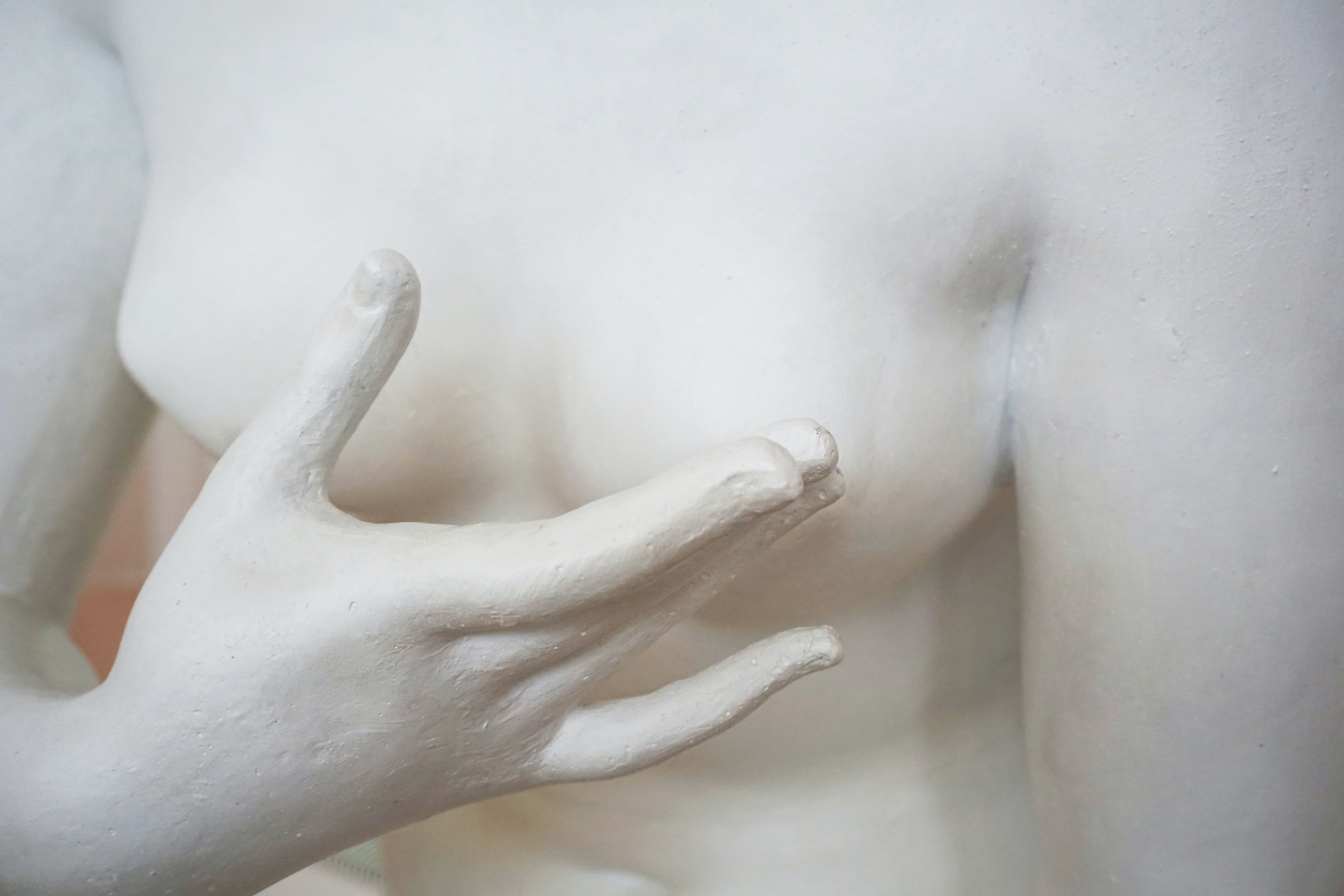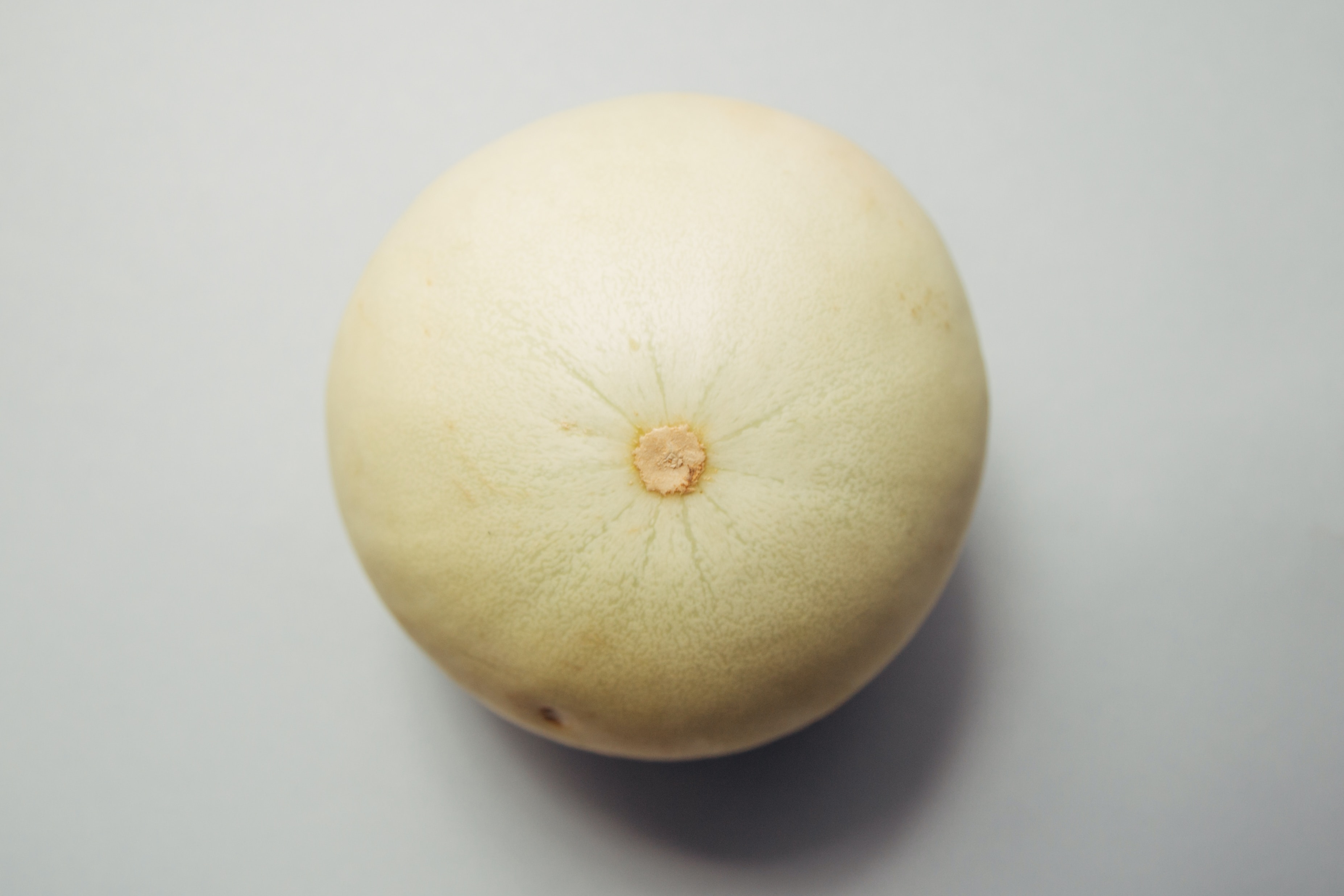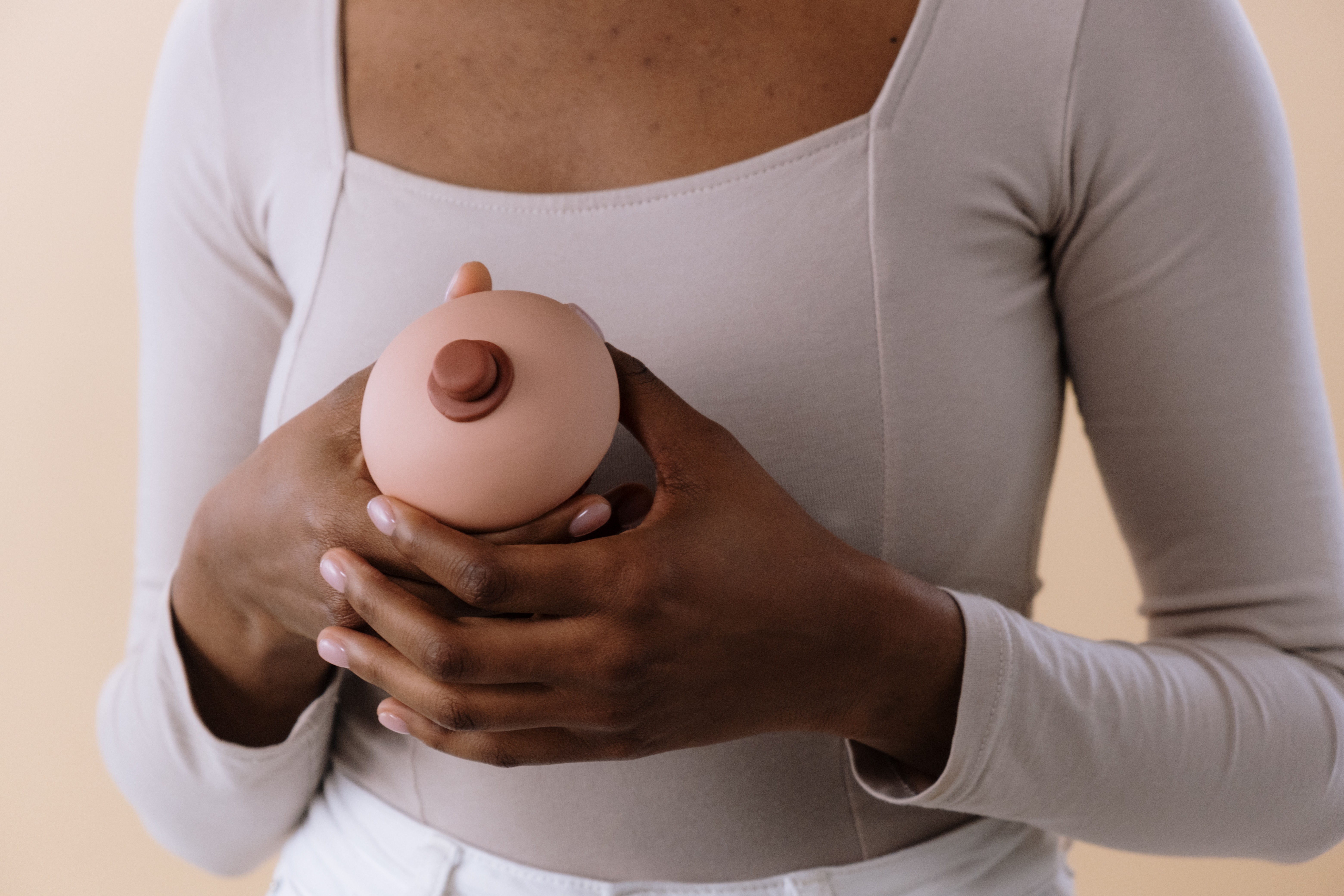
Understanding Large Areola: Causes, Concerns & Embracing Body Diversity
by Neel on July 7, 2023 , 6 min read
Areolas are the pigmented areas surrounding the nipples on the breasts. They come in various shapes, sizes, and colors, and it is common for individuals to have differences in their areola size. In this article, we will explore the topic of large areolas, including the average size, factors that can cause changes in size, and whether areola color affects their perceived size. Embracing body diversity and accepting the uniqueness of our areolas is an important part of body positivity. Additionally, we will discuss the importance of female fertility tests in understanding reproductive health and explore ways to boost female libido for a fulfilling sexual experience. Understanding the size of the areola, along with considering aspects such as female fertility and libido, contributes to a comprehensive understanding of women's overall well-being and body confidence.

H2 - What is the Average size of Areola?
The size of areolas can vary greatly among individuals, and there is no definitive "average" size. It is influenced by various factors, including genetics, hormonal changes, and individual body characteristics. Generally, areolas range from around 1.5 to 4 centimetres in diameter. However, it's important to emphasise that there is a wide range of sizes that can be considered normal and healthy.
The size of areolas should not be a cause for concern or body dissatisfaction as it is a natural and unique aspect of each person's body. Embracing the diversity in areola size and understanding that it is part of the natural variation among individuals contributes to a positive body image and body positivity.
H2 - Why Areola Size Can Change:
Areola size can change due to various factors, including:
1. Hormonal changes: Hormonal fluctuations during puberty, pregnancy, breastfeeding, and menopause can cause changes in the size and pigmentation of the areolas. For example, during pregnancy, increased levels of hormones can lead to enlargement and darkening of the areolas in preparation for breastfeeding.
2. Genetic factors: The size and shape of areolas can be influenced by genetic factors inherited from parents or family members. Some individuals may naturally have larger areolas due to their genetic makeup.
3. Age-related changes: As individuals age, the elasticity of the skin may decrease, which can lead to changes in the appearance and size of the areolas. This is a normal part of the aging process and should not cause concern.
4. Breast size and shape: The size and shape of the breasts can influence the appearance of the areolas. Women with larger breasts may have proportionally larger areolas, while women with smaller breasts may have smaller areolas.
5. Body composition: Variations in body composition, such as differences in fat distribution and breast tissue density, can contribute to variations in areola size among women.

Does their color affect how big or small they look?
The color of the areolas, whether lighter or darker, does not affect how big or small they appear. The perception of size is primarily determined by the diameter of the areolas rather than their color. It's important to embrace the natural diversity in areola color and size, as it is a normal and unique aspect of each individual's body.

Large areolas are a natural and normal variation in breast anatomy for every woman. The size of areolas can vary greatly among individuals, and there is no "standard" or "average" size. Changes in areola size can occur due to hormonal fluctuations, genetic factors, and age-related changes.
Recognizing and embracing the uniqueness of your areolas is pivotal in promoting body positivity and self-acceptance. No matter how big or small, each areola is made in its own nature. Although, it is recommended to consult with a doctor for any concerns regarding areola size or breast health, as they can provide personalized guidance and mental support. By acknowledging and appreciating the natural variations in our bodies, we contribute to cultivating a more inclusive and affirming perception of women's body image.